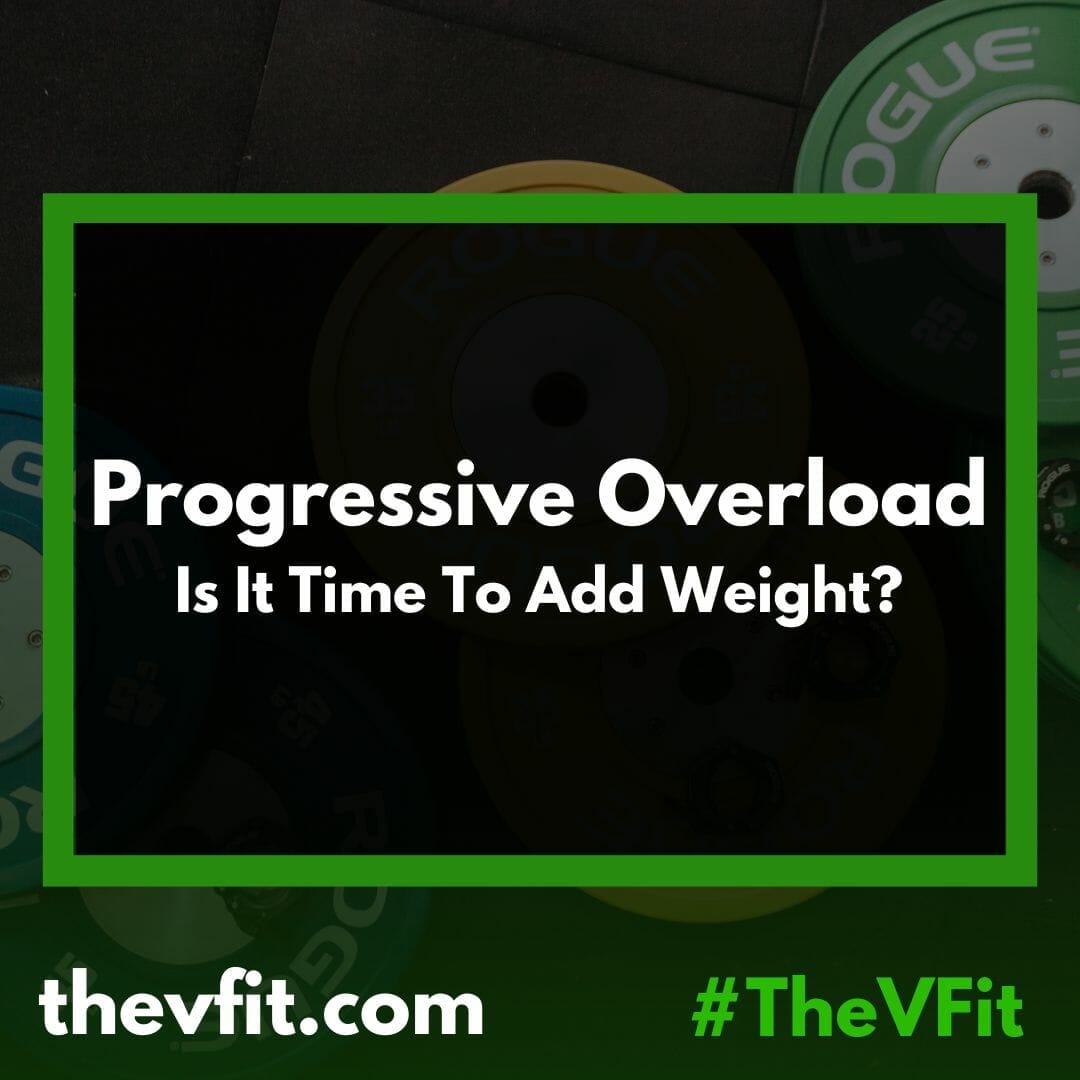In general, CrossFit is known for its dynamic workouts that push your body to its limits. One of the biggest components that make CrossFit effective is the principle of progressive overload, where you continually challenge your body to adapt and become stronger. But how do you know when to add or drop weight in order to optimize your performance in CrossFit? In this blog post, we’ll explore the key indicators and strategies for knowing when to adjust the weights to get the most out of your training.
A huge indicator in knowing when it’s time to adjust your weight is form. Proper form should always take precedence over the weight on the bar. If your form begins to break down, it’s a clear sign that you may be using too much weight. Maintaining correct form ensures safety and effectiveness, so if you can’t perform movements with proper technique, it’s time to consider dropping the weight. Another factor to consider is modifying the number of repetitions in your workout. Many workouts often involve high-repetition sets. If you constantly struggle to complete your repetitions with good form, but the workout stimulus is aimed towards heavy loading and pacing for the day, try decreasing the number of repetitions. This way you can still effectively train with the intended intensity of the workout while maintaining proper form which will lead to less injury, more consistency and better overall progress over time. And you will be able to monitor this progress over time through tracked results.
Tracking results can also show you when it’s time to up the intensity or take your foot off the gas. In CrossFit, oftentimes the workouts involve timed or scored components. If you notice that your times or scores are consistently plateauing or decreasing, it could be a sign that you need to reassess your weight choices. Proper scaling is a key part of CrossFit, so don’t hesitate to adjust as needed to maintain competitiveness and progress. And vice versa, if you start feeling like the workouts are getting easier and you’re looking for more of a challenge, push yourself in different components of the workout. The easiest way is to add more weight, again keeping in mind that proper form is being used. If you’re someone who has been scaled and needs a push, try going up to Rx. If you’re already consistently doing Rx, don’t worry, there’s ways for you to progress as well. Aiming to complete more rounds during AMRAPS, or decrease rest intervals to finish timed workouts faster are good ways to continuously get better results over time as well. But all of this is based on how you individually feel given the workload and should be adjusted accordingly.
A good measurement tool for gauging the intensity of a workout is the RPE scale. RPE (Rate of Perceived Exertion) measures how hard you feel you are pushing yourself on a scale from 1 to 10. This scale is relative to you, based on your specific fitness level and is determine solely by how you feel for a given load or pace during a workout. This means If your goal is to work at a certain intensity level (e.g., 8 out of 10), use this scale to gauge whether you need to add weight to reach that level or reduce it to maintain intensity with proper form. A good way to think about it is percentage. RPE 5 means the intensity is at about 50% which is moderate, so adjust your weight or pace accordingly. RPE 10 is your max. So for a lift you want to go all out with maximal effort or for a metcon you want to move as fast as possible, similar to a sprint. But again, this is all based on you and your own fitness level. Your max effort may not look like someone else’s just like your max weight might not be the same as the next person. Use the RPE scale as a tool to help you know how to push yourself to progress over time to reach your goals.
Goals are such an important topic when discussing progressive overload. Consider your training goals when determining how to progressively overload in your training. If your primary aim is to improve strength, then increasing weight gradually is essential. However, if your focus is on endurance or conditioning, it might involve different strategies, such as pushing the pace or taking shorter rest periods during metcons. It’s all about what fits your needs and your goals because this is your fitness journey. Progressive overload is fundamental in CrossFit, but it’s not solely about adding weight at all costs. It’s about smart and strategic training that prioritizes form, intensity, and your specific goals. Always be attentive to how your body responds, seek guidance from experienced coaches, and be open to modifying your approach when necessary. Balancing the challenge and safety of your CrossFit workouts is the key to long-term success.
And of course, if you would like some assistance in mapping out a plan just for you, talk to your coach. Schedule a goal meeting so we can see what’s the best way to help you effectively achieve your fitness goals!
For more tips and information, follow @thevfit on Instagram and continue to check back here for more blog posts!

